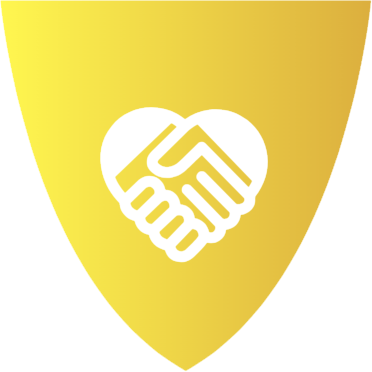In the digital age of romance, where swipes and clicks often lead the way to potential partners, the shadowy practice of catfishing lurks as a cautionary tale. As connections form across screens, the art of deception has found fertile ground, leaving many to question the authenticity of those they meet online. This guide delves into the intricacies of identifying and reporting catfishing profiles on dating platforms, offering insights and strategies to safeguard your heart and your digital identity. Join us as we unravel the layers of this modern-day masquerade, empowering you to navigate the online dating world with confidence and clarity.
Spotting the Signs: Unmasking Catfish Behavior
In the digital realm of dating, distinguishing genuine profiles from deceitful ones can be challenging. To unmask a catfish, look for common red flags. Inconsistent stories are a major indicator; if their tales about their life or job frequently change, it might be a facade. Another warning sign is avoidance of video calls or in-person meetings. A catfish often has excuses ready to dodge face-to-face interactions.
- Limited social media presence: A sparse or non-existent online footprint could signal a fake identity.
- Too good to be true photos: Professional model-like pictures might be stolen from elsewhere.
- Rushed declarations of love: Be wary if they express deep emotions quickly.
Stay alert and trust your instincts. Recognizing these behaviors early can save you from potential heartache and deception.

Digital Detective: Tools and Techniques for Verification
In the ever-evolving world of online dating, becoming a digital detective is essential for spotting deceptive profiles. Start by scrutinizing profile pictures using tools like Google Reverse Image Search to see if the images are stolen from other sources. For further verification, try Tineye, another powerful reverse image search engine. These tools can help uncover whether the photos are authentic or borrowed from other websites.
Next, analyze the profile details. Catfishers often use vague or generic information. Be wary of profiles with limited personal data or those that seem too good to be true. Cross-reference details with social media platforms to see if they align. Use tools like Spokeo or Pipl to delve deeper into background checks. If you suspect a profile is fraudulent, report it immediately using the platform’s reporting feature. Remember, your vigilance not only protects you but also helps maintain a safer community for everyone.

Crafting a Safe Response: How to Confront Suspicious Profiles
Approaching a suspicious profile requires a blend of caution and assertiveness. Begin by examining their activity and interactions. Look for inconsistencies in their stories or abrupt changes in their behavior. If something feels off, it’s crucial to proceed with care.
- Communicate with Caution: Use neutral language and avoid sharing personal details. Ask open-ended questions to gauge their responses and authenticity.
- Verify Information: Suggest a video call or ask for social media links to verify their identity. Genuine users are usually willing to comply.
- Trust Your Instincts: If their replies seem evasive or defensive, it’s a red flag. Trust your gut feeling and consider limiting further interaction.
Once you have enough evidence or if you feel uncomfortable, it’s time to report the profile. Most dating platforms offer tools to flag suspicious behavior. Reporting not only protects you but also helps safeguard the community.

Reporting and Recovery: Steps to Protect Yourself and Others
In the unfortunate event that you suspect a catfish on a dating platform, taking immediate action is crucial for safeguarding both yourself and others. Begin by documenting any suspicious interactions: take screenshots of conversations and profile details. This evidence will be invaluable when reporting the profile. Most dating platforms have a built-in feature to report suspicious users. Utilize this feature and provide as much information as possible to help the platform take swift action.
Additionally, consider these protective steps:
- Alert others: Inform friends or potential matches about the suspicious profile to prevent further interactions.
- Review privacy settings: Regularly update your account’s privacy settings to control who can view your information.
- Change passwords: If you’ve shared any sensitive information, immediately update your passwords to prevent unauthorized access.
By taking these measures, you not only protect yourself but also contribute to creating a safer online environment for everyone.




